Contributing to the UN Sustainable Development Goals
10 minIn 2015, the 193 countries of the United Nations General Assembly adopted the Agenda 2030, with 17 Sustainable Development Goals (SDGs) and 169 targets at its heart. These are ambitious targets for people, planet, and prosperity which require partnerships between governments, non-governmental organizations (NGOs), businesses, and institutions of higher learning to be able to achieve. If we are to achieve them, everyone should know them.
Because less than half of the global population has even heard of them (OECD, 2017 ), dormakaba aims to increase stakeholder awareness of the SDGs, especially within our workforce, which we have done through our Enterprise Social Network. As a first step to contribute to the SDGs, we have mapped our defined material topics to the targets of the SDGs. While it is essential to achieve all 17 Global Goals, we can make a substantial contribution to 8 of the SDGs by addressing our material topics. We also see the SDGs as a guide to new business opportunities.
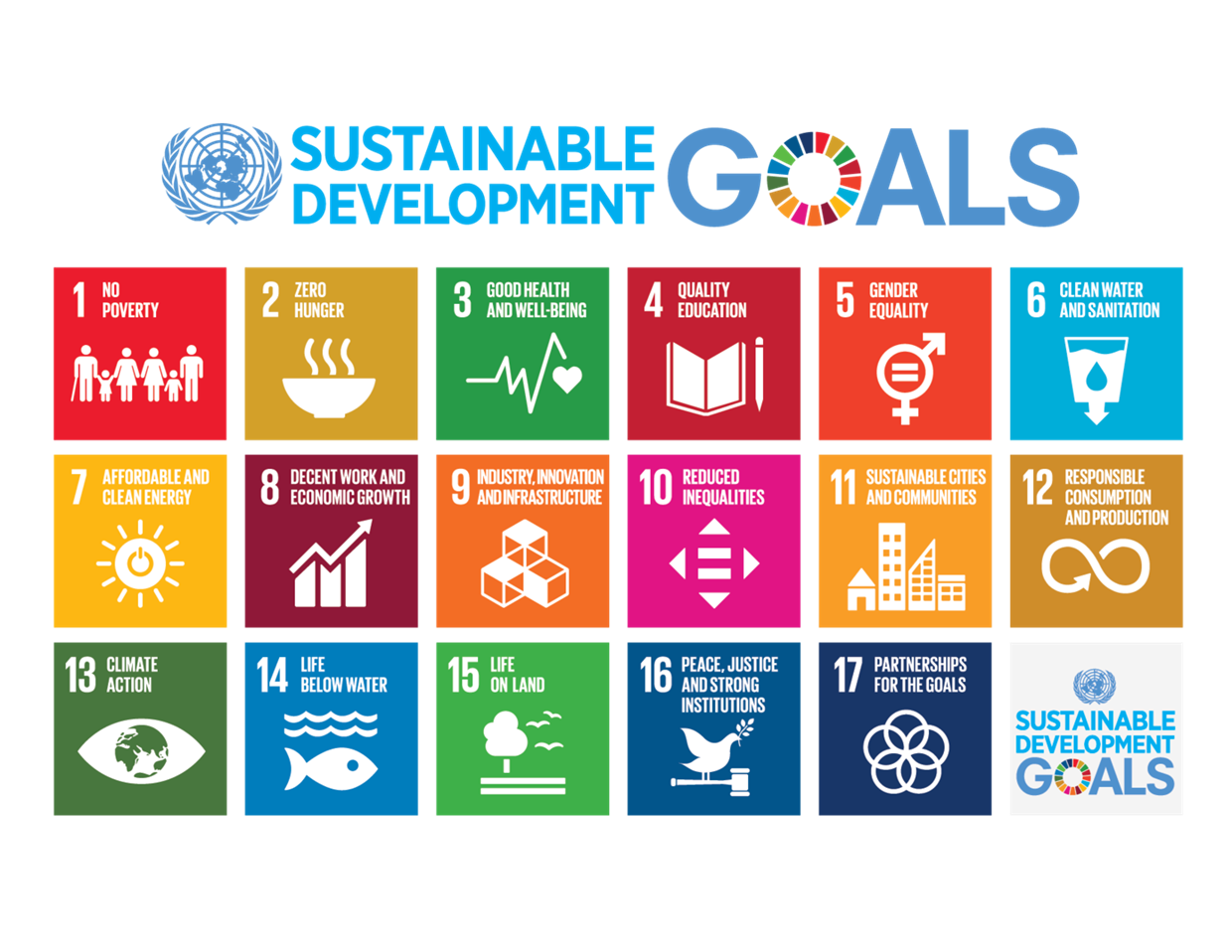
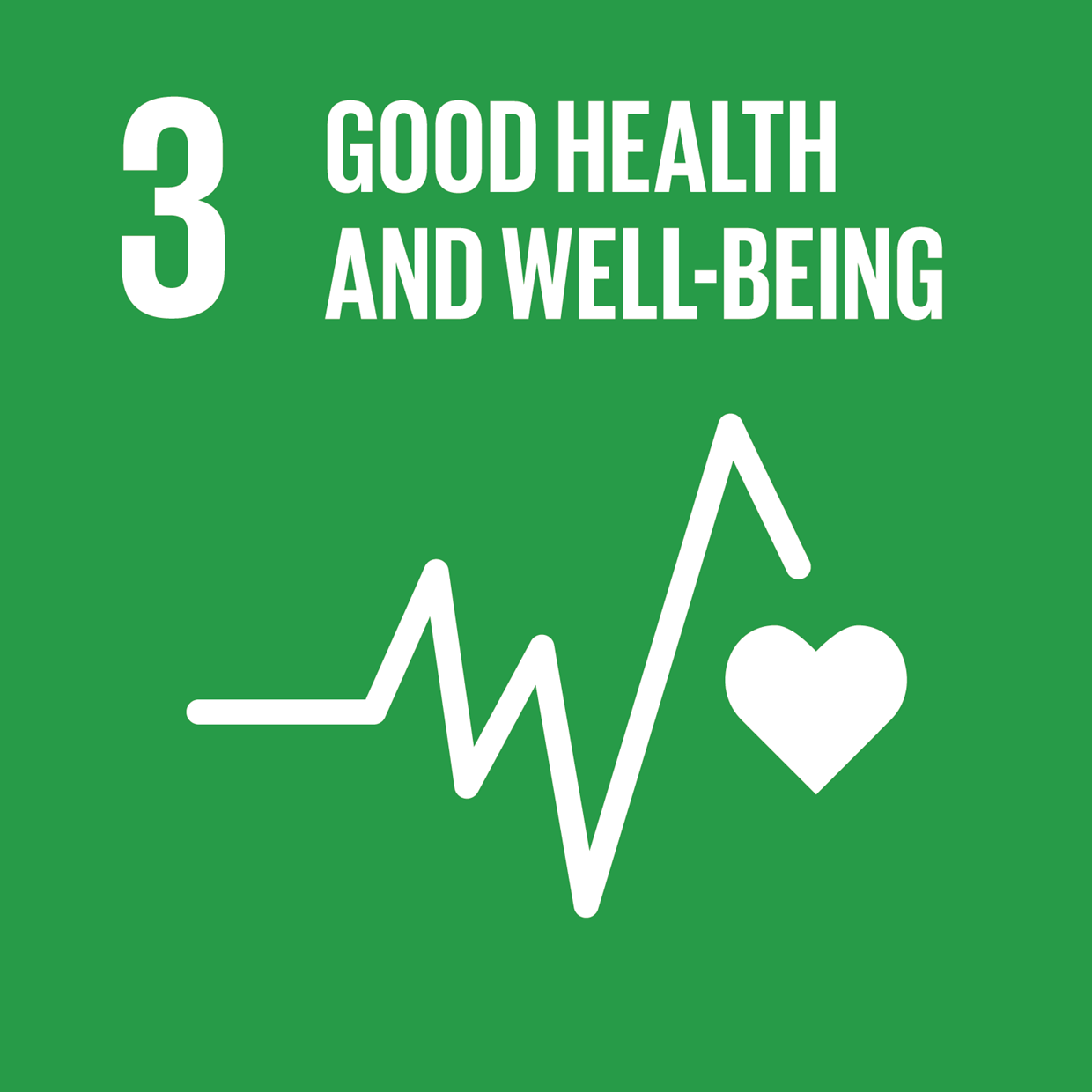
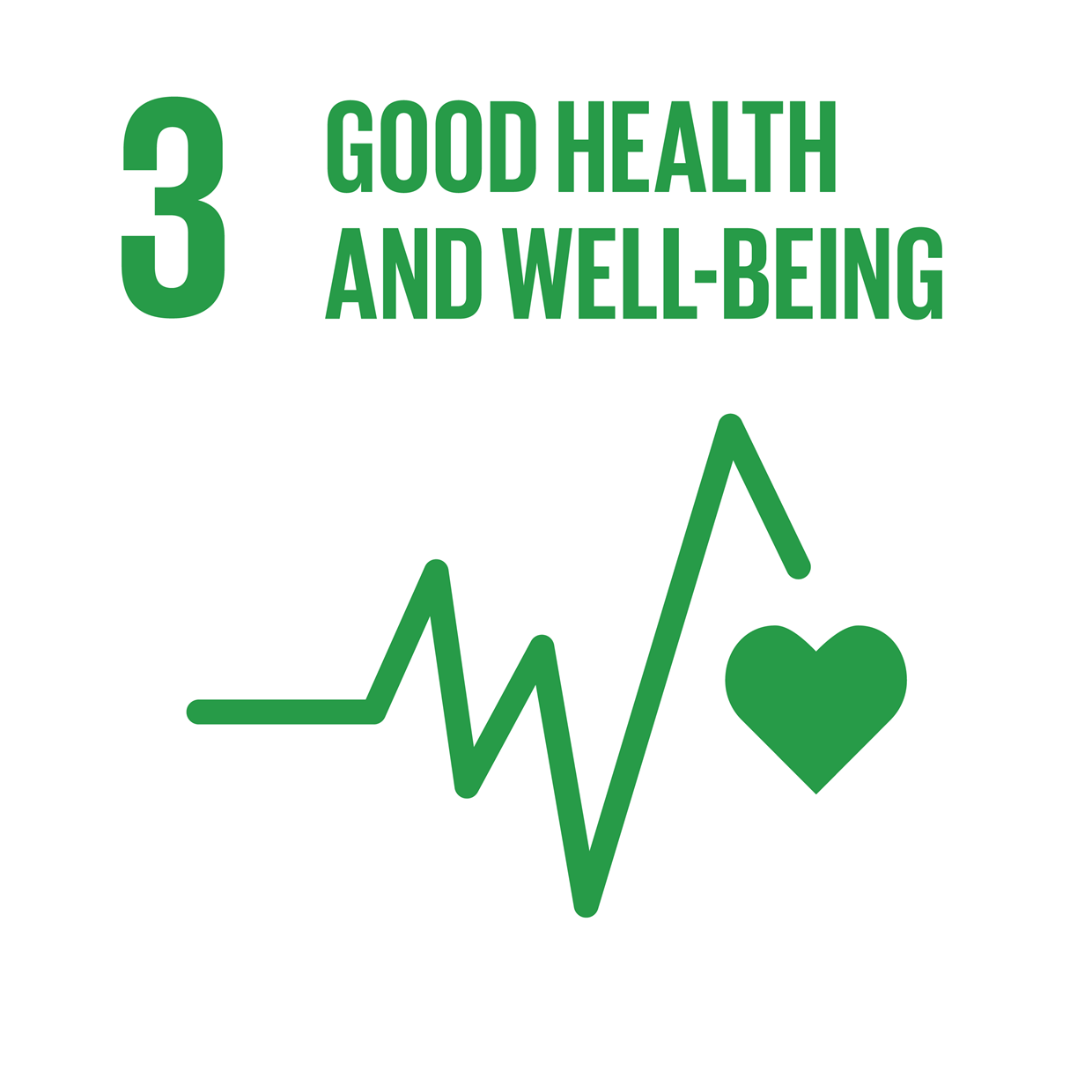
Goal 3. Ensure healthy lives and promote well-being for all at all ages
By 2030, substantially reduce the number of deaths and illnesses from hazardous chemicals and air, water and soil pollution and contamination (Target 3.9).
Material Topic: Customer Health & Safety
How we are contributing
People spend up to 90% of their time inside buildings and many indoor environments have pollution levels two to five times higher than outdoor levels. It is therefore our responsibility to ensure that our products do not contain hazardous materials that may harm people’s health. We provide our customers with transparent product declarations on the materials used, including those under the Health Product Declaration and Declare standards, as well as those in accordance with related regulations such as REACH and RoHs. Several products have qualified as testing for low emissions of volatile organic compounds or as “Red List Free”. This means they are free from the worst-in-class materials prevalent in the building industry, which pollute the environment, bioaccumulate to toxic levels in the food chain, and/or are harmful to construction and factory workers. Today, 32% of our products are covered by a Health Product Declaration or similar standard, such as the Declare Label.
We continuously work to reduce the use of hazardous materials in our production processes, and our filter systems ensure that potentially hazardous substances are not released externally. Activities include the substitution of solvent-based paints for water-based paints, and using web-based systems that allow facilities to easily analyze the current hazardous materials in order to prioritize for material substitution.
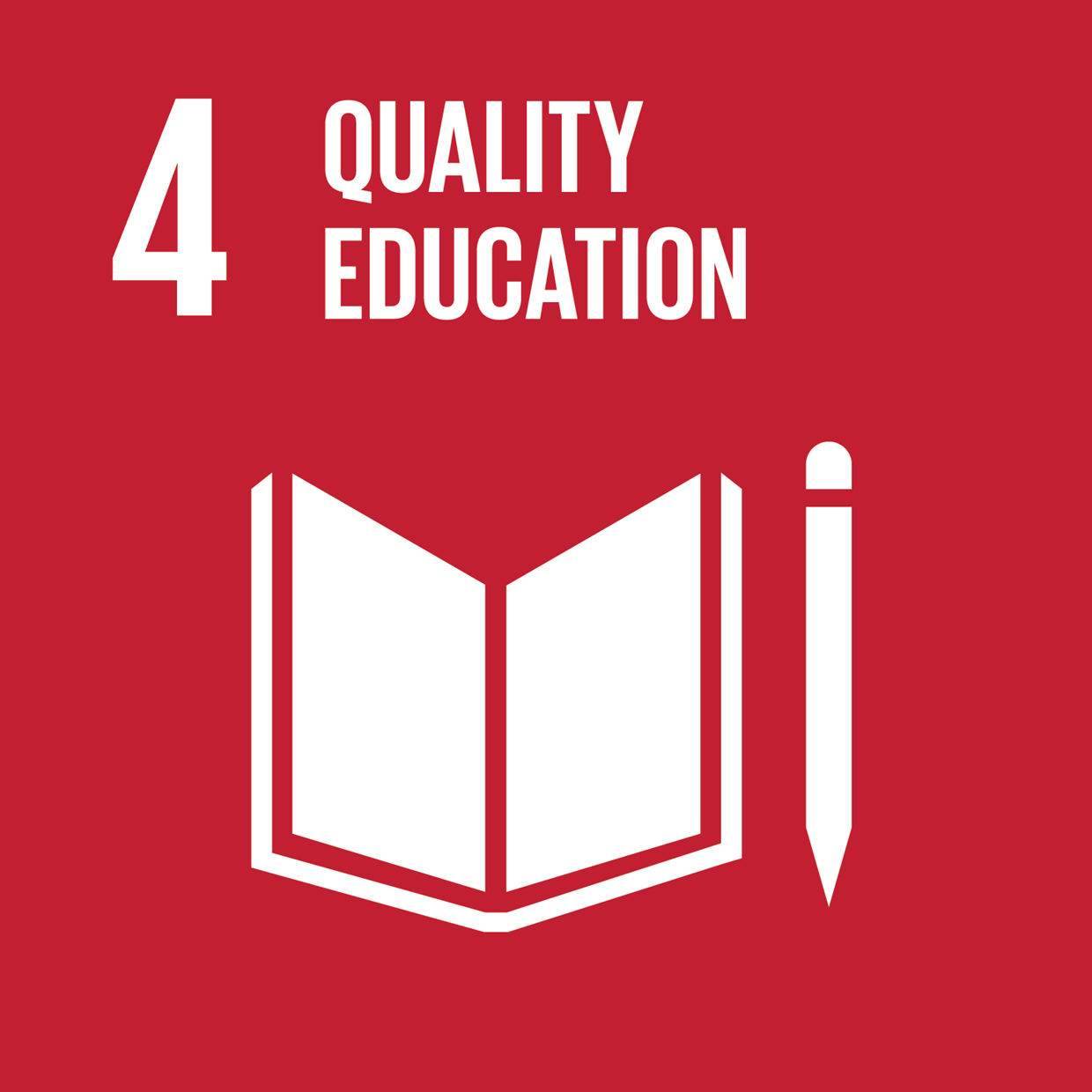
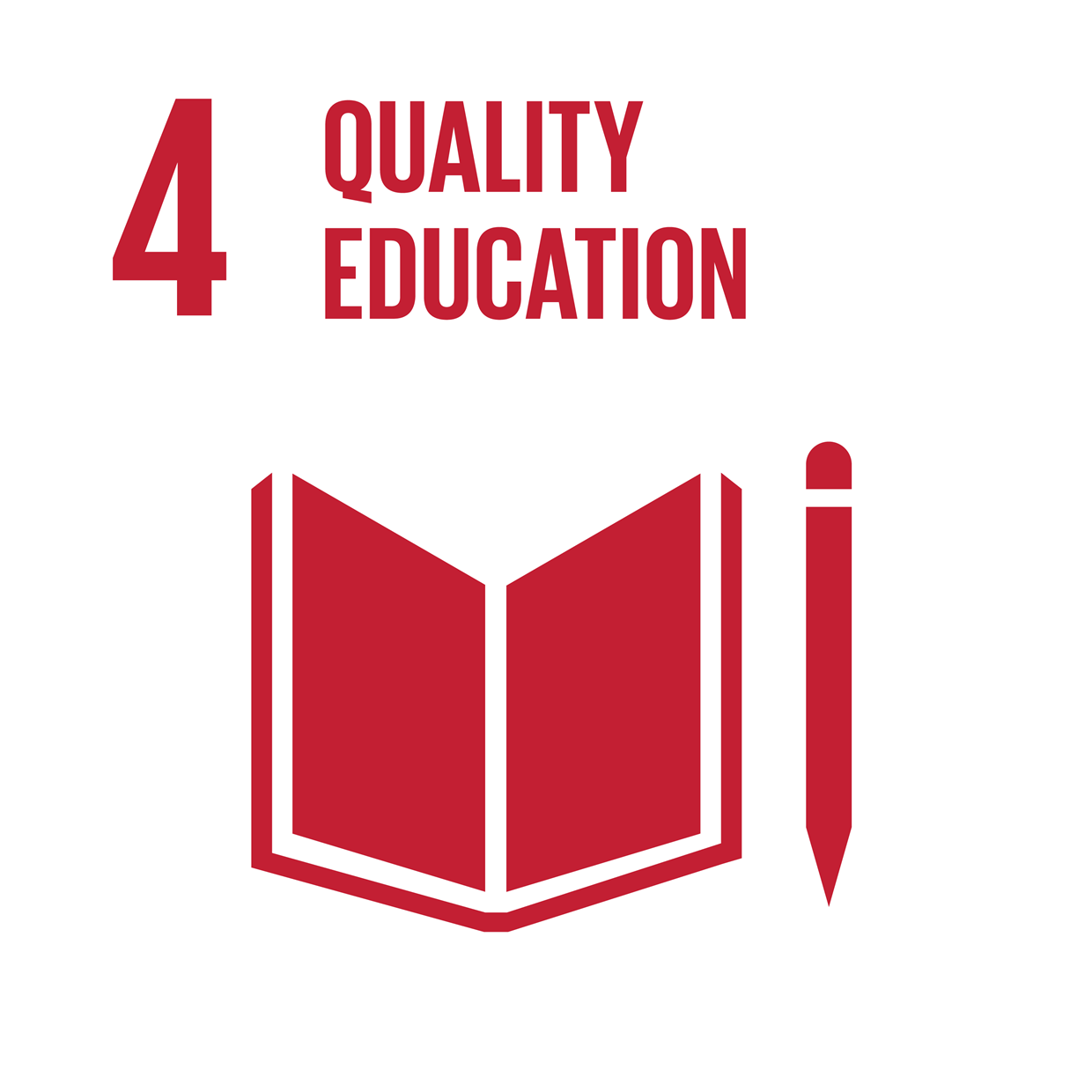
Goal 4. Ensure inclusive and equitable quality education and promote lifelong learning opportunities for all
By 2030, ensure equal access for all women and men to affordable and quality technical, vocational, and tertiary education, including university (Target 4.3).
By 2030, ensure that all learners acquire the knowledge and skills needed to promote sustainable development (Target 4.7).
By 2030, substantially increase the number of youth and adults who have relevant skills, including technical and vocational skills, for employment, decent jobs, and entrepreneurship (Target 4.4).
Material Topic: Training & Education
How we are contributing
We provide our employees with regular vocational training on topics such as lean management, health and safety, and product offerings. We partner with local schools and universities by offering apprenticeships and internships as well as work-study programs. To raise awareness about sustainable development, we regularly communicate our sustainability initiatives to employees through our intranet. We have made good progress in developing the skills of our workforce. For example, 83% (10,183 employees) have completed at least one eLearning module, compared to 80% in the previous financial year. We keep adapting our learning and development portfolio to current trends. In the financial year 2020/21 it was influenced by five drivers: the Covid-19 pandemic, customer needs, digitalization, employee development needs, and cybersecurity.

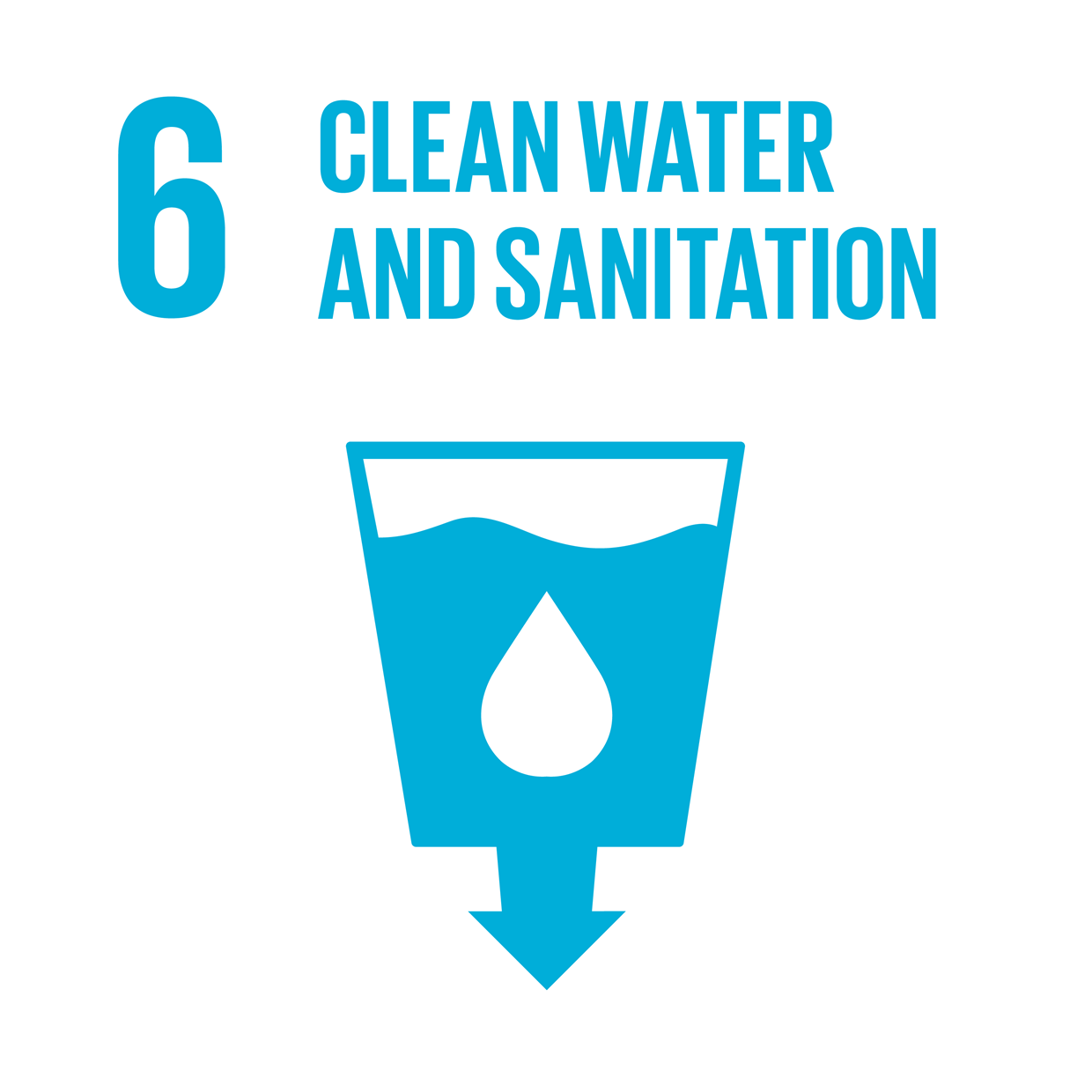
Goal 6. Ensure availability and sustainable management of water and sanitation for all
By 2030, improve water quality by reducing pollution, eliminating dumping and minimizing release of hazardous chemicals and materials, halving the proportion of untreated wastewater and substantially increasing recycling and safe reuse globally (Target 6.3).
By 2030, substantially increase water-use efficiency across all sectors and ensure sustainable withdrawals and supply of freshwater to address water scarcity and substantially reduce the number of people suffering from water scarcity (Target 6.4).
Material Topic: Water
How we are contributing
Our electroplating processes inherently require strong controls on wastewater treatment, because we are working with metallic ions that need to be captured, consolidated, and disposed of properly before discharging the cleaned process water back into the environment. Our biggest challenge is how to most effectively separate the hazardous material and concentrate it into a metals-rich sludge, so as to minimize total generated mass.
We have mapped our facilities for the degree of water stress and scarcity in their communities, with a plan to focus our water reduction activities in those areas of high-water stress. Several facilities have implemented water-use reduction projects. At the Huntsville (USA) manufacturing facility, for example, the water used for washing parts was recirculated into the system, resulting in a significant reduction of approximately 50% in overall water usage for the site.
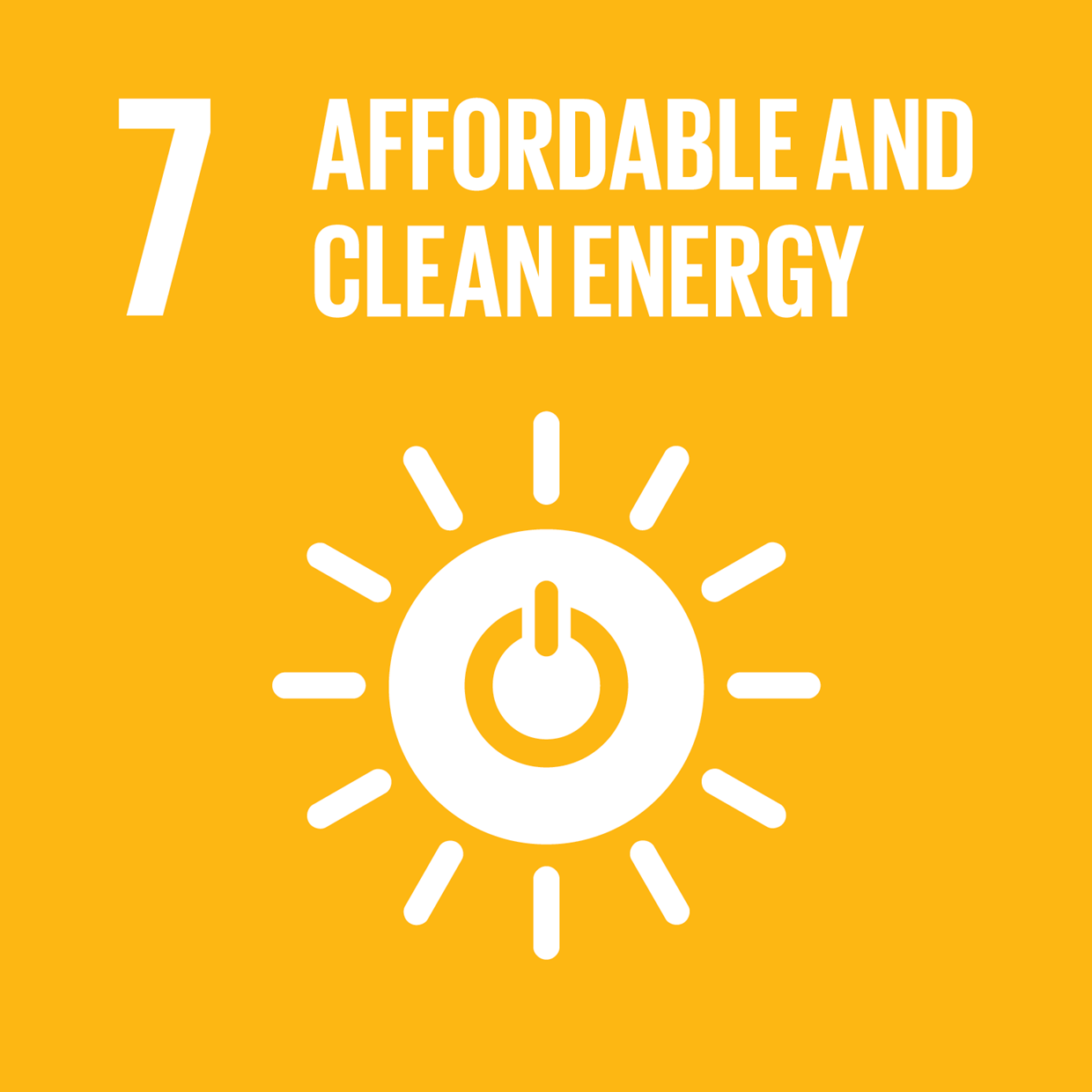
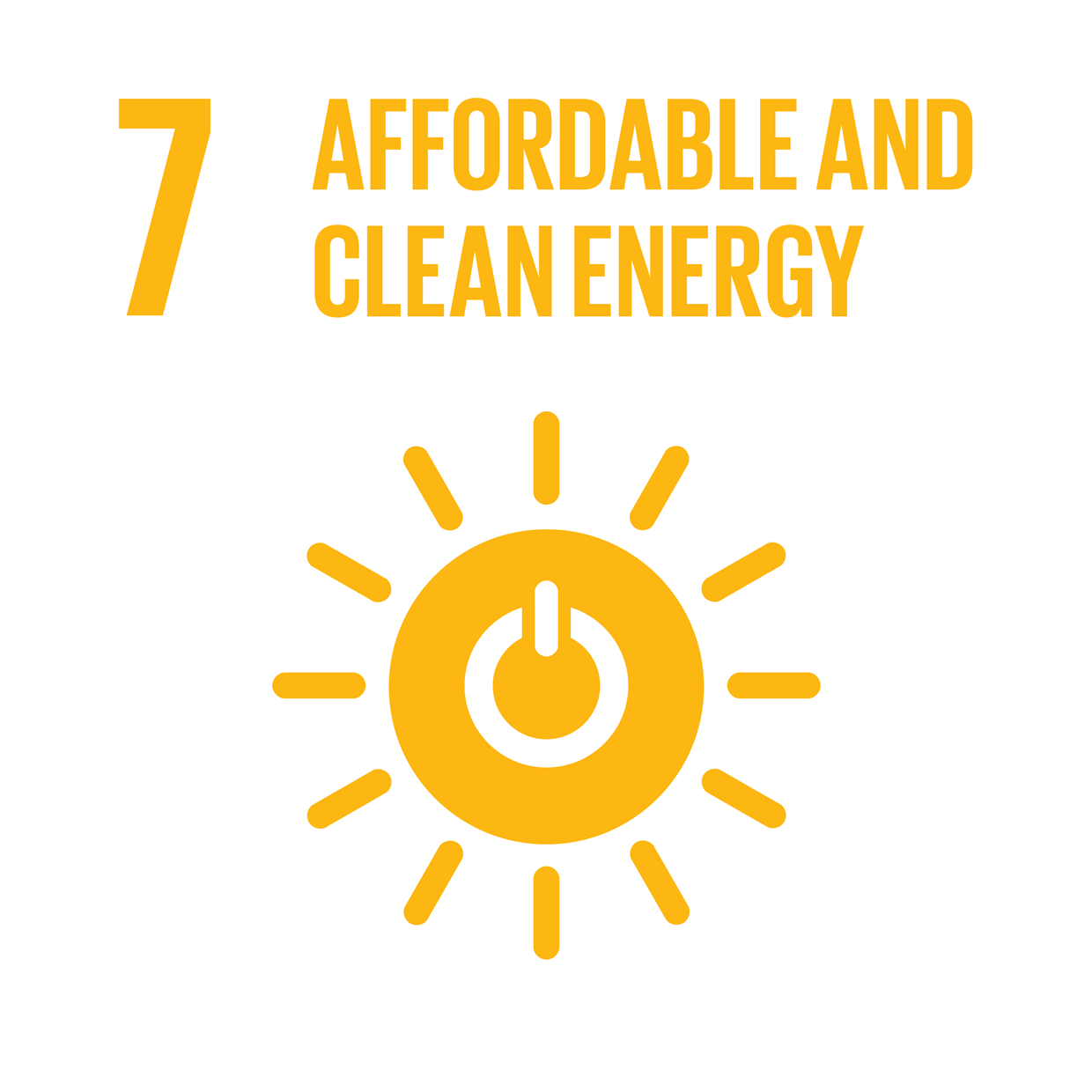
Goal 7. Ensure access to affordable, reliable, sustainable and modern energy for all
By 2030, increase substantially the share of renewable energy in the global energy mix (Target 7.2).
By 2030, double the global rate of improvement in energy efficiency (Target 7.3).
Material Topic: Energy
How we are contributing
We currently source renewable electricity for 32% of the locations in the scope of this report (see map in the Outro). We are focused on increasing our use of renewable energy as a central component of our strategy to reduce our carbon emissions. This approach aligns with our commitment to the Science Based Targets initiative (SBTi) and the Paris Agreement.
In the financial year 2020/21, energy-saving initiatives were being implemented at various sites in the reporting coverage. This work included retrofitting facilities to LED lighting and automated control systems; upgrading equipment such as air compressors and an air dryer; the optimization of heating and cooling systems; and the procurement as well as on-site production of renewable electricity.
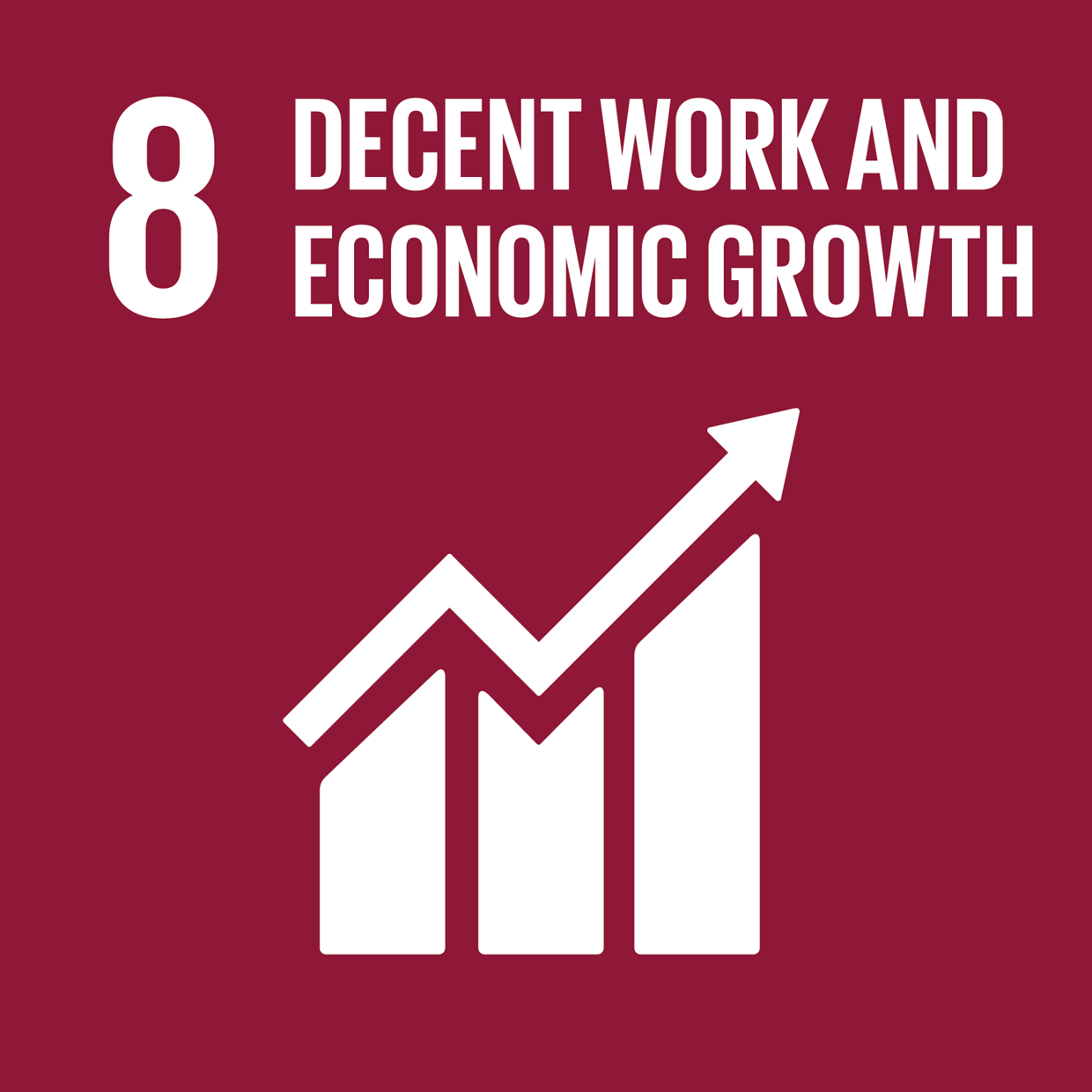
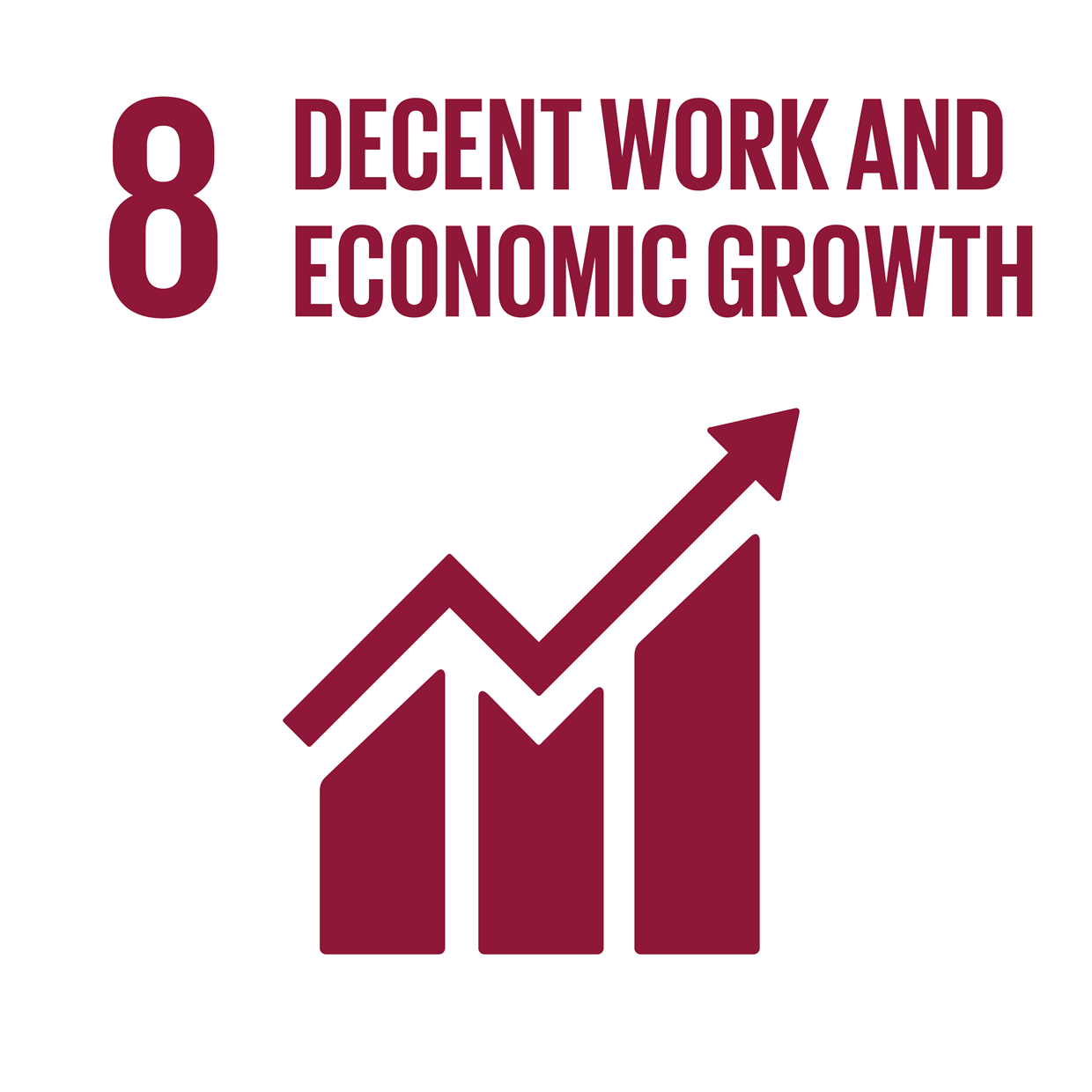
Goal 8. Promote sustained, inclusive, and sustainable economic growth, full and productive employment and decent work for all
Protect labor rights and promote safe and secure working environments for all workers, including migrant workers, in particular women migrants, and those in precarious employment (Target 8.8).
Take immediate and effective measures to eradicate forced labor, end modern slavery and human trafficking, and secure the prohibition and elimination of the worst forms of child labor (Target 8.7).
By 2030, achieve full and productive employment and decent work for all women and men, including for young people and persons with disabilities, and equal pay for work of equal value (Target 8.5).
Material Topics: Employment; Human Rights Assessment; Occupational Health & Safety; Freedom of Association & Collective Bargaining
How we are contributing
We are committed to providing our nearly 16,000 employees with fair working conditions. This entails fulfilling our duty of care for our employees in terms of healthy working environments, fair compensation, and full respect for the ILO core labor standards.
We therefore address not only the safe operation of machines, ergonomic workplaces, or the handling of hazardous substances, but also mental health issues including stress, depression, and emotional well-being and refrain from offering excessively low wages (i.e., wage dumping). We are, however, also committed to further expanding our sphere of influence to our suppliers. This is why these principles are also enshrined in our Supplier Code of Conduct and are part of our supplier risk assessments.
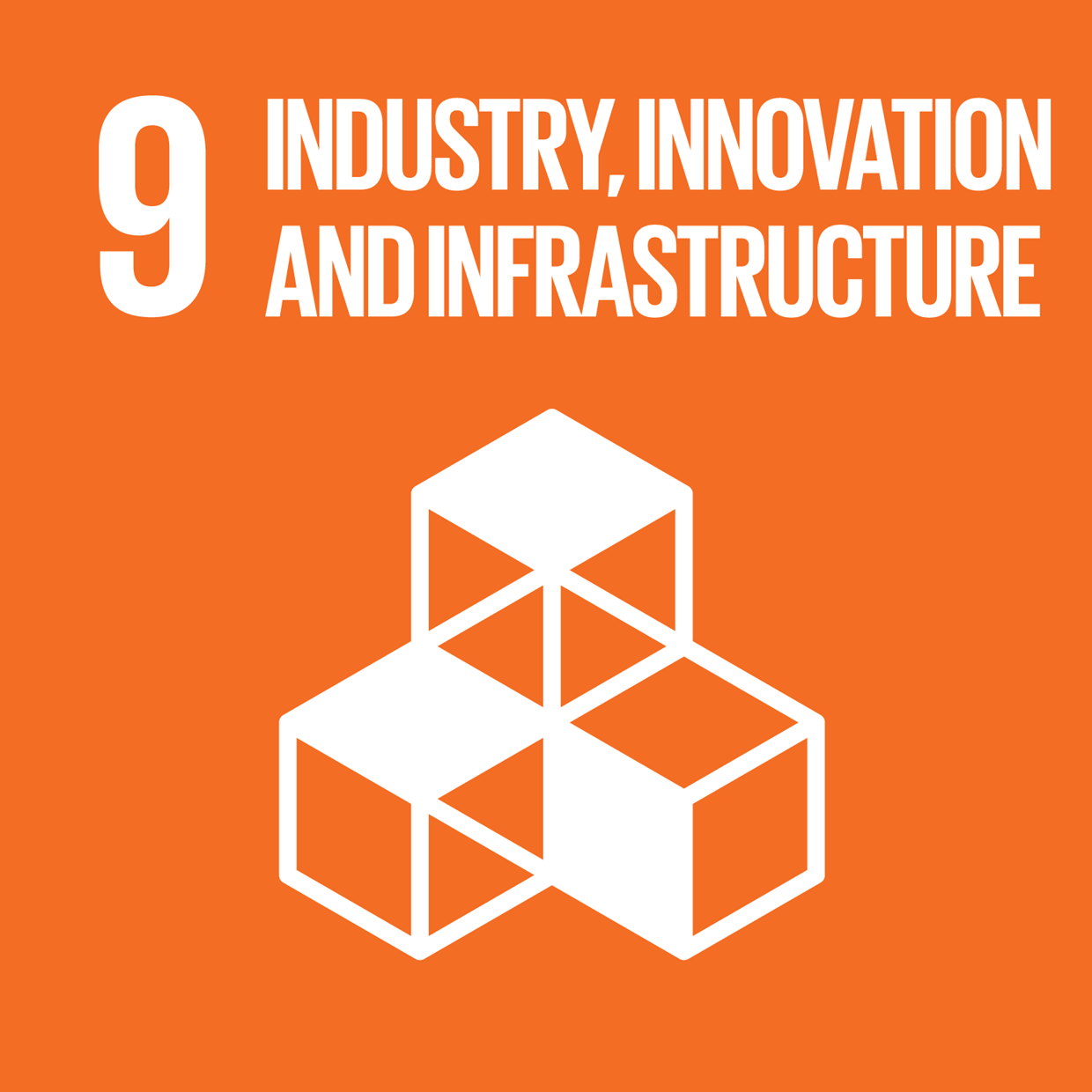
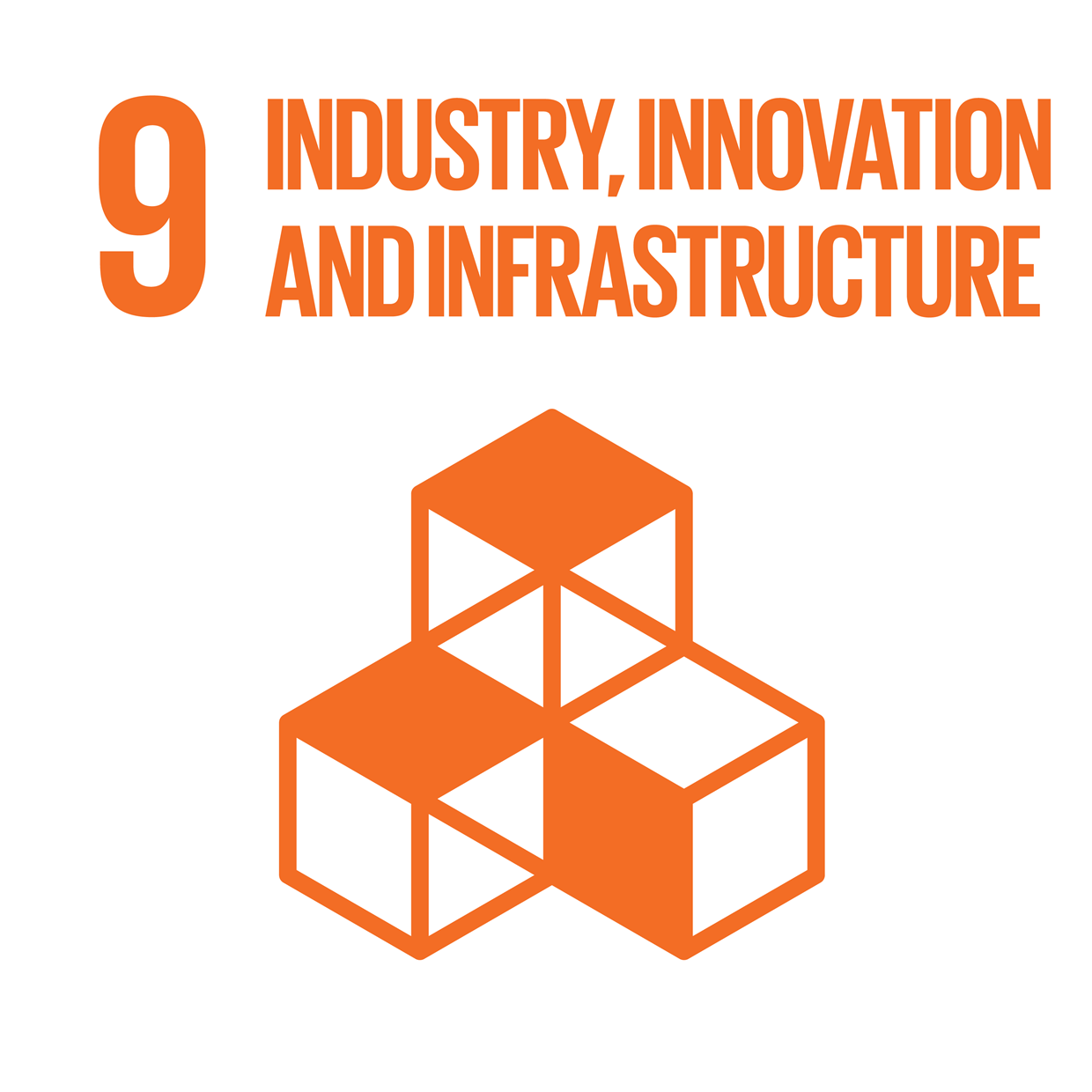
Goal 9. Build resilient infrastructure, promote inclusive and sustainable industrialization, and foster innovation
By 2030, upgrade infrastructure and retrofit industries to make them sustainable, with increased resource-use efficiency and greater adoption of clean and environmentally sound technologies and industrial processes, with all countries taking action in accordance with their respective capabilities, and specifically, reduce the CO2 emission per unit of value added (Target 9.4).
Material Topics: Emissions; Materials
How we are contributing
Further to our contributions to resource-use efficiencies in the production phase, which are outlined under Goal 7, we also aim to increase the resource efficiency of our products. An important first step was including a sustainable life cycle approach to product development in our Product Design Manual. We also invested in the development of a Life Cycle Assessment (LCA) tool, which helps us to better understand the environmental impact of our products during their whole life cycle. By using the LCA Tool, over 70 more Environmental Product Declarations (EPDs) will be published by the end of the calendar year. To supplement the existing EPDs, we have created a carbon inventory for nearly 400 products that consume energy in their use phase. We currently offer several products that bring our customers energy efficiency gains, including the SafeRoute escape route system, the ST FLEX Green and ST PRO Green sliding door.
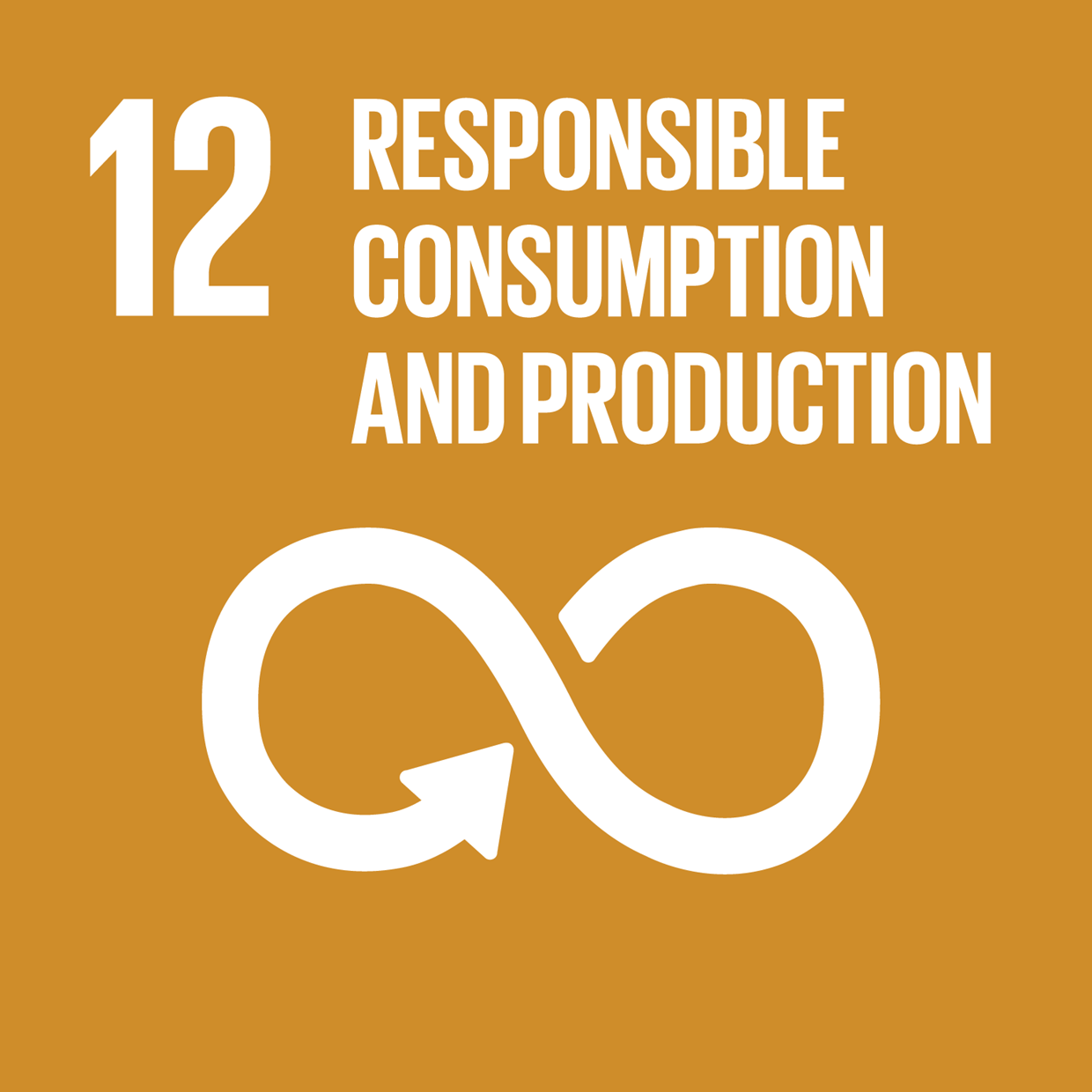
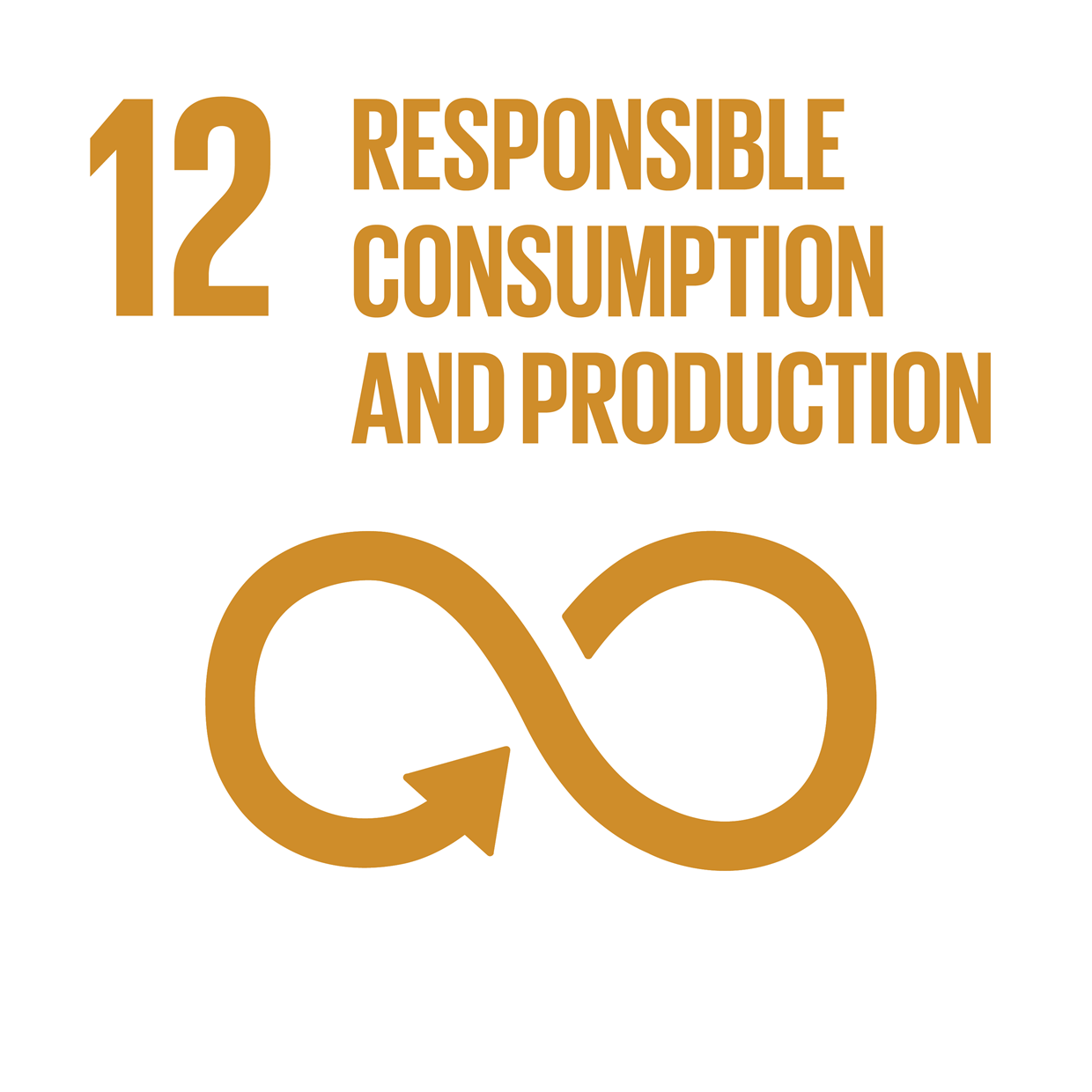
Goal 12. Ensure sustainable consumption and production patterns
By 2020, achieve the environmentally sound management of chemicals and all wastes throughout their life cycle, in accordance with agreed international frameworks, and significantly reduce their release to air, water, and soil in order to minimize their adverse impacts on human health and the environment (Target 12.4).
By 2030, substantially reduce waste generation through prevention, reduction, recycling, and reuse (Target 12.5).
By 2030, ensure that people everywhere have the relevant information and awareness for sustainable development and lifestyles in harmony with nature (Target 12.8).
Material Topic: Effluents & Waste
How we are contributing
The generation of different waste streams is an inevitable consequence of our operations. We monitor our waste by treatment method and by waste type. Approximately 76% of the waste stream was recycled, reused, or recovered (including raw materials and energy recovery) in the financial year 2020/21. Our contributions to the environmentally sound management of chemicals and hazardous materials are detailed under Goals 3 and 6.
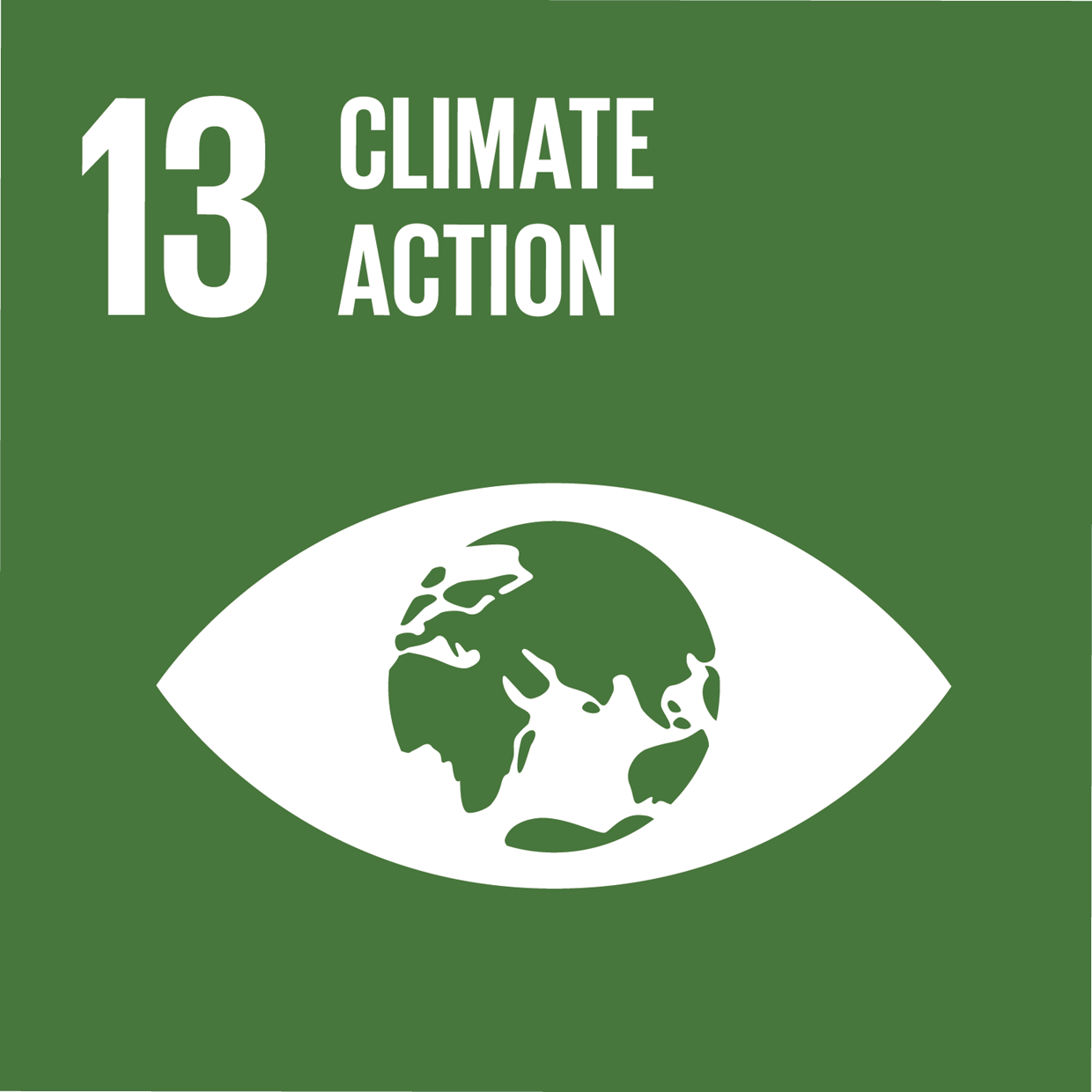
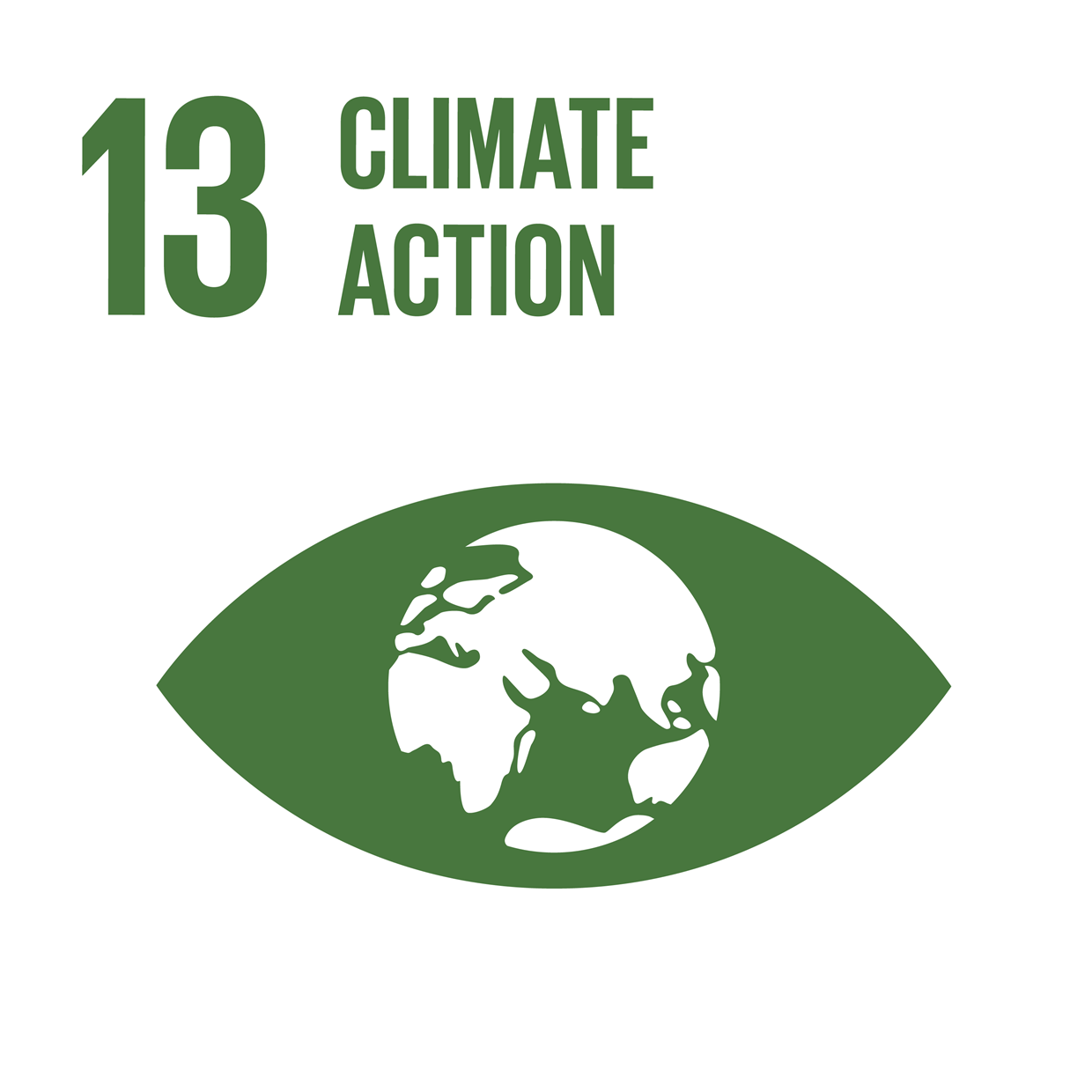
Goal 13. Take urgent action to combat climate change and its impacts
Strengthen resilience and adaptive capacity to climate-related hazards and natural disasters in all countries (Target 13.1).
Improve education, awareness raising, and human and institutional capacity on climate change mitigation, adaptation, impact reduction, and early warning (Target 13.3).
Material Topic: Emissions
How we are contributing
In addition to the initiatives mentioned under Goal 9, in 2021, SBTi has approved our targets for operational and value chain emissions, including emissions from purchased materials and the use of our products. Progress against the operational emissions target is being tracked as part of our sustainability-linked credit facility. The targets will be announced publicly as we unveil our new corporate strategy by the end of the calendar year. Furthermore, we reduced our carbon emissions by 20% versus the financial year 2017/18 through increased purchase of renewable energy and energy efficiency projects.